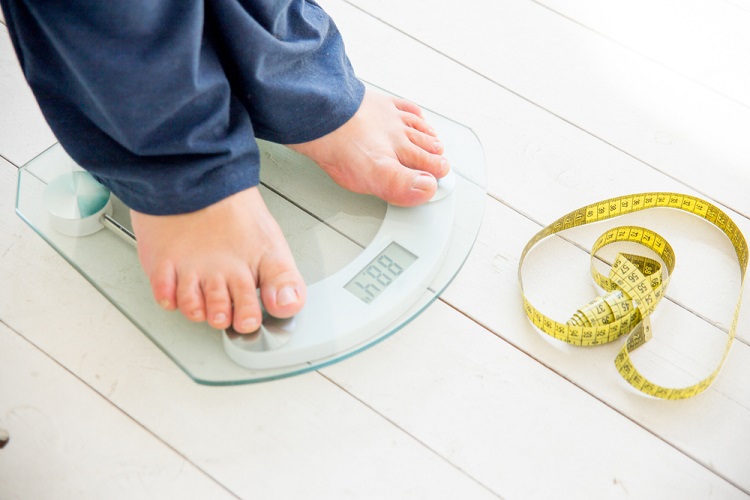5 Signs Your Workout Recovery Isn’t Working (And How to Fix It)
There comes a point in time when your workout, well, isn’t working out. You notice that you’re not making gains in the gym, those last few pounds aren’t budging (in fact, the scale seems to be inching upward), you feel a sense of daylong exhaustion, or there’s rarely a day when you’re not aware of stiffness, soreness, and bothersome recurring injuries.
So what can be going on? It’s probably not your exercise routine that’s the culprit – it’s your recovery. Truth is, if you’re not managing your recovery appropriately, your energy, health, and gains will suffer no matter how committed you are to a fitness routine.
Real Recovery
Most people’s definition of “recovery” tends to include thinking: “I’m not sore anymore, I can exercise again, and feel good doing it.”
But that’s not the definition of recovery – those are just observations about how you feel. In the scientific sense, recovery is the body’s ability to restore its physical and mental processes. The goal of recovery is to refresh and restore your muscles, tissues, and ligaments so you can meet and exceed your previous performance.
You can improve and hasten your recovery by incorporating more active or passive recovery days. Consider taking a few days or weeks off from your exercise routine, depending on how you feel. Recovery doesn’t just happen in one day or overnight; it’s a process that takes time and requires you to realistically evaluate your performance and goals.
There are some indicators that your recovery is not on par with where it needs to be. Wondering if you need to add some quality recovery to your regimen? Here are five signs that your recovery is subpar.

Gaining Weight Despite Working Out
When you overtrain or don’t properly recover between workouts, your body can go into “fight-or-flight” mode, a state characterized by an over-activation of the sympathetic nervous system. As a result, the adrenal glands are triggered and produce more stress hormones like cortisol.
Flight or fight reactions can result in weight gain, as chronically elevated cortisol levels can increase your appetite, interfere with hormones that help you put on muscle and burn fat, and shift the body’s metabolism to storing fat by down-regulating thyroid activity.
With proper rest and recovery, you reduce the amount of stress on your body, lower your cortisol levels, and shift your nervous system to a parasympathetic “rest and digest” state, which allows you to reap the full benefits of your training.

Constant Soreness Or Injury – Or Both
Delayed onset muscle soreness (DOMS) is thought to be related to an inflammatory response that increases the sensitivity of nerve endings in muscle connective tissue. DOMS typically occurs 1-2 days after a workout, causing soreness, pain, stiffness, and possibly increased risk of injury.
Too often, we tend to work out and train with the mantra “no pain, no gain” as a motivator. But research has shown that both high- and low-soreness training programs deliver similar gains in muscle mass. Soreness, then, should not be thought of as a requirement for increasing performance or muscle gain. Instead of pushing through the pain, think about putting into practice a more effective recovery that includes foam rolling, stretching, or light movement to break up the inflammatory buildup in your muscles.

Low Heart Rate Variability
A healthy heartbeat is actually somewhat irregular: Each beat doesn’t necessarily happen at the exact same interval. Heart Rate Variability (HRV) measures the changes in the heartbeat’s rhythm.
Measuring your HRV lets you know if your body is stressed; in general, the higher your HRV (measured from 0-100 using HRV devices), the more you’re recovered and ready to train. For example, when the parasympathetic nervous system is activated, it releases acetylcholine to induce a low heart rate and a state of relaxation. Your HRV will be highest at this point, so a high HRV indicates a low state of stress. If, however, you’re overtrained, sleep deprived, or not well-rested, the healthy beat-to-beat variation in your heart rhythm begins to diminish, which indicates a low HRV.

Performance Plateau Or Decline
Despite proper training and nutrition, your athletic performance has plateaued or declined, which is certainly discouraging, to say the least. Insufficient recovery can result in ineffective training, which means you could be wasting your time and energy. You’re basically training with no change or improvement in your performance. The key is to recover properly so you can achieve peak performance and your results won’t level off.

You’re Excessively Tired Or Fatigued
As you probably already know, post-training fatigue is normal. Daily fatigue that impacts and detracts from your daily life is not. Ongoing, extreme fatigue can be linked to poor athletic recovery and may be related to cortisol levels that remain elevated for long periods of time. After a while, your receptors become less sensitive to cortisol, and your body’s energy creation system stops functioning properly.
What’s the result? Feelings of exhaustion, burn out, and being bummed out that your training or regimen is no longer effective. Proper recovery can help lift that ever-present fatigue – and most likely lift your mood at the same time.
